driven by 5G, FTTx and Rural connectivity
Building a new architecture for new-age networks on four technology confluences – Convergence of wired and wireless, combination of connectivity and Compute, Disaggregation of hardware and software, and closer to the Edge
Partnering with global network creators like Openreach, Airtel, Vocus and many more, to build networks of the future
Focusing on 3 growth levers of Growing optical business, Globalising System Integration and Building disruptive, open-source access solutions
Delivering solid financial performance



Invested in the Rural Digital Opportunity Fund (RDOF) in the US

Patents in FY21

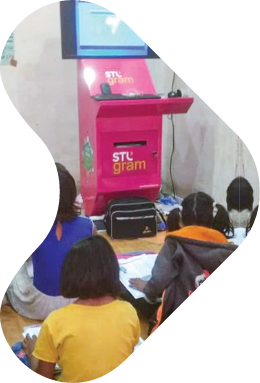
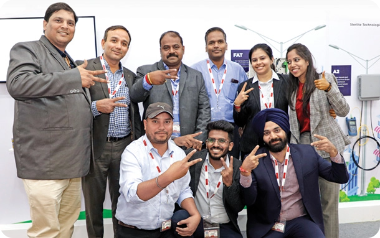

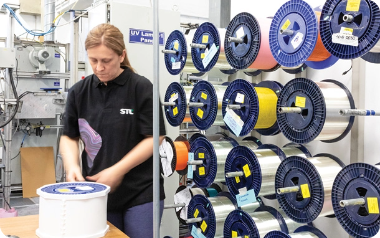

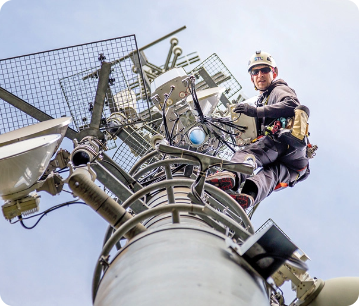

Anywhere between 600,000 to 1 million new 5G base stations, expected to be deployed in 2021

In July of 2020, Korean mobile operators SK Telecom, KT and LG Uplus agreed to invest a total of $22 billion through 2022 to boost 5G infrastructure across the country

Top three telecom operators in the US namely Verizon, AT&T, and T-Mobile bid $78 billion on 5G airwaves licensing. Verizon is planning to spend $17.5 billion to $18.5 billion in network expansions in 2021. Dish invested more than $50 million for 5G in Q4 FY20 and expects the 5G network deployment to cost about $10 billion, in its SEC filing

Orange activated 5G in 160 cities; Bouygues Telecom initially launched 5G in 20 cities; Iliad launched 5G services in December 2020 and SFR in November 2020

India’s mobile operators spent a combined $11 billion on spectrum in the country’s latest auction



Google opened its second data centre in the Netherlands in December 2020, taking its total data centre investment in the region to $3.06 billion. In 2021, Google plans to spend $7 billion+ on US data centres and offices.
Microsoft announced investments to establish a new data centre region in Denmark and to open its sustainable data centre region in Sweden in 2021. It also announced its first Azure data centre region in Taiwan in October 2020.
Amazon announced investments of $2.8 billion to build its second data centre region in India. This will allow Amazon to launch an AWS cloud region in Hyderabad by mid-2022.

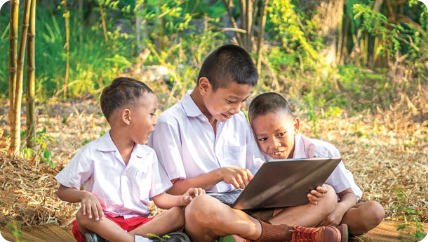
In this singular year, where businesses across the world were impacted, STL showed resilience during first half of FY21 and recorded 18% y-o-y revenue growth in H2 FY21.
Please wait while you are redirected to the right page...
